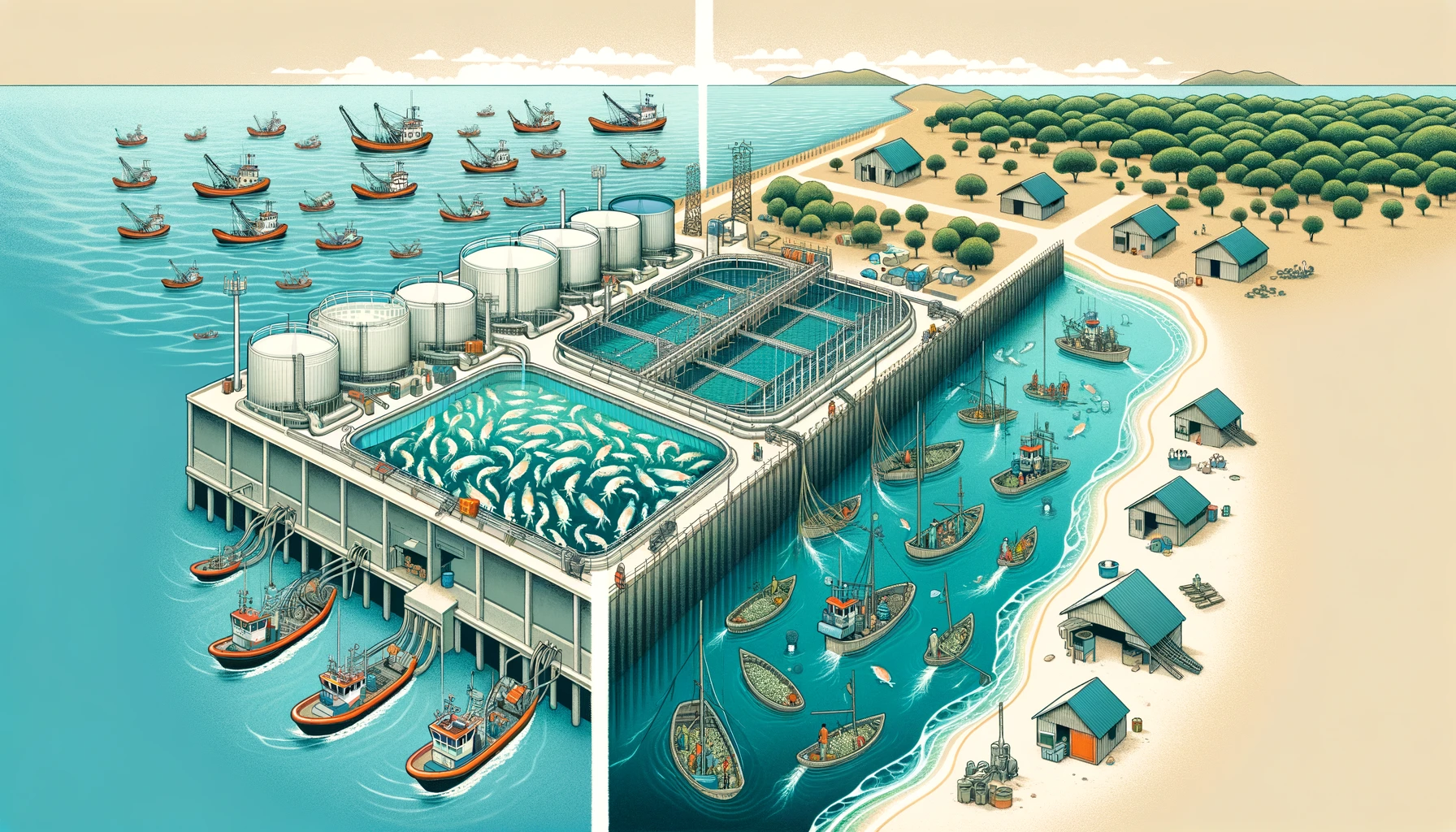The impact assessment of the cumulative effects for Exxon’s planned 35 Multiwell Exploration and Appraisal (E&A) Drilling Programme should fill major gaps of the four existing EIAs including a much more detailed study of the marine environment than was previously done, says environmentalist Janette Bulkan.
On July 19th, the Environmental Protection Agency (EPA) announced that an impact assessment of the cumulative effects of Exxon’s 35 multiwell drilling programme is required and invited members of the public to make written submissions with questions they required to be answered or considered in the project’s Environmental Impact Assessment (EIA).
Bulkan in her submission noted that the undertaking of an EIA for this project is an opportunity to conduct a collective EIA for the entire Stabroek Tract and should build on the four EIAs by ERM and sub-contractors, apply lessons learned by Esso Exploration and Production Guyana Limited (EEPGL) as the operator of the licensed Tract, and fill at least the major gaps left by the four existing EIAs.
Noting that she is not submitting a comprehensive view of the gaps in the four EIAs prepared by consultant Environmental Resources Management (ERM), she said that there should be more attention to safe operating limits of drillships and Floating Production Storage and Offloading (FPSO) oil platforms.
“Civil society in Guyana has not been informed of the safety envelope within which the connected engineering systems of the drillships and FPSOs can operate. If the equipment was calibrated on installation to be safe to a hydrostatic pressure of a well to 6000 metres deep, is it safe to drill several thousand metres deeper as is implied by in-field drilling in the 35-multiwell programme? How is the increased hydrostatic pressure addressed safely by EEPGL?” she queried.
She added that the Stabroek Tract lies north of the grounds traditionally used by fishermen of Guyana for several generations and without any reliable monitoring data on trends of inland fish catches and discards, it is not possible for Exxon and ERM to assert that oil field activities have only short-term or no influence on the decline in catch data as recorded by the Bank of Guyana.
Precautionary principle
Bulkan pointed out that there is an obligation to apply the precautionary principle in Section 2 of the Environmental Protection Act and this means that there should be proof that there is no damage, degradation, or loss.
“The very qualitative and subjective approach to risk assessment in all the four EIAs is not compatible with the Environment Protection Act, and this weak approach is repeated in appendix 3 of the project summary,” she said.
Further, she added, the artisanal fishers in the fishing sector and their families comprise about one of ten of the working population in Guyana and considering that fishermen have no alternative sources of income, it is a logical deduction … that the cumulative impact assessment should include a much more careful study of trends in the marine environment than was called for in the previous four EIAs.
She argued that artisanal fishermen are aware of around 12 meteorological, physical, and chemical factors that may interact to cause changes in fish populations and fish migrations and therefore recommends that long-term climate data held by the Hydromet department be used to test the reported assertion in the brief FAO study on fish catch trends that climate heating is the main cause of the decline in fish catches in 2020 and 2021.
While not clear on the data held by the Hydromet department, she asked, “What information does EEPGL have, from its drillships or from the OSVs (Offshore Support Vessels) which transit the fishing grounds daily between the oil fields and Georgetown Harbour?”
Bulkan pointed out that the current EIAs do not indicate the status of the fish populations, their different habitats by species and by season, their reproductive habits (spawning seasons and locations), or anything about growth and mortality. In addition, while the EIAs mention monitoring procedures and avoidance and migratory actions with respect to marine turtles and cetaceans, less attention is given to the economically much more important fisheries.
“We hear that crews of the drillships and FPSOs are aware that the vessels are acting as Fish Accumulating Devices (FADs) and that the crews are fishing off the vessels with rod and line. It is not evident that data from such catches are being provided to the EPA or Fisheries Department,” she said.
“Such information is needed by EEPGL to back its assertion of no important or significant negative impacts of oil activities on the fish of Guyana,” she stated.
Apart from that, Bulkan said that the EIAs have taken a ‘cross-fingers’ view – a major blow-out is so improbable that the very high impact is discounted by Exxon. “What is Guyana’s defence? We do not even know what or when OSRP (Oil Spill Response Plan) drills and exercises are being conducted by EEPGL. It is not good enough to make general prescriptions in the environmental permits authorised by the EPA if there is no evidence through monitoring and public reporting that the prescriptions are being carried out promptly and correctly and that lessons are being learned,” she said, as she pointed out that an oil spill can result in legal penalties against Guyana and Exxon.
Further, she says that language such as ‘good international oil field practice’ and ‘best ship-keeping and navigation practices’ are not acceptable without reference to the international ISO-type Standard and the means of verification.
In addition, she notes that although Exxon claims that it submits daily performance data to the EPA, none is publicly accessible except for one graphical website, making it impossible for civil society persons to understand the lessons learned by Exxon since 2013 and after the start of oil production in December 2019.
“It is thus not possible for civil society persons to confirm the assertions of EEPGL in relation to the natural resource assets of the people of Guyana, thus violating Article 13 on shared governance in the National Constitution cap. 01-001 and possibly Articles 36 and 149J on entitlement to a healthy environment,” Bulkan stated.










